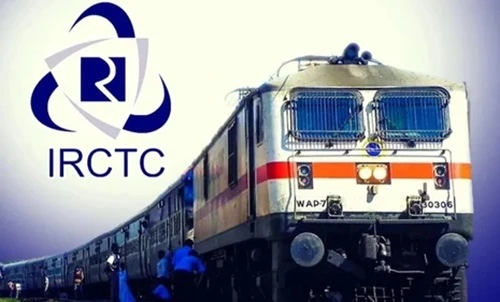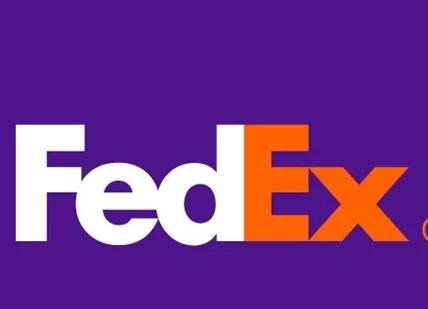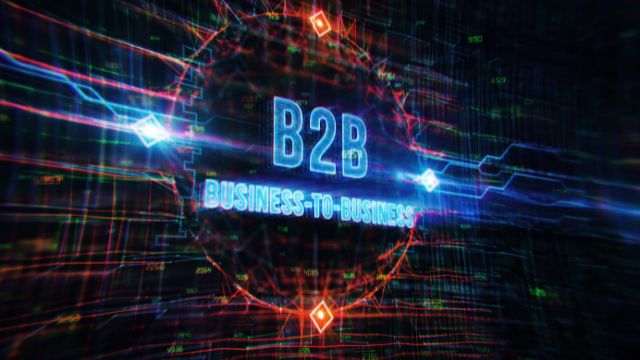The Indian Railway Catering and Tourism Corporation (IRCTC) is a public sector organization in India which provides the state-owned Indian Railways catering, ticketing, and tourism services. It was founded by the Indian government in 1999, and the Ministry of Railways oversaw its administration. With the government owning 67% of the company, it was listed on the National Stock Exchange as well as the Bombay Stock Exchange in 2019.
IRCTC History
On September 27, 1999, the Indian Railway Catering and Tourism Corporation (IRCTC) was founded as a public sector enterprise that is wholly owned by the Indian Railways, a branch of the government of India. When it was designated as a Miniratna public corporation in May 2008, it was granted some financial independence.
A few express trains are also run by IRCTC in conjunction with Indian Railways. The first private train, the Tejas Express, ran from New Delhi to Lucknow in 2020 and was run by the IRCTC. The Kashi Makahal Express as well as the Ahmedabad–Mumbai Central Tejas Express are also run by IRCTC.
IRCTC Company Details
| Company Name | Indian Railway Catering and Tourism Corporation (IRCTC) |
| Origin Country | India |
| Founded | 1999 |
| Chairman & Managing Director | Shri Ravinder Bhakar |
| Headquarters | New Delhi, India |
| Industry | Hospitality, Tourism, E-commerce |
| Key Offerings | Online Ticket Booking (Railways), Catering Services, Tourism Packages, Online Shopping, Hotel Bookings |
| Number of Employees | Over 1,000 (as of last update) |
| Revenue | INR 2,780 crore (FY 2020-21) |
| Official Website | www.irctc.co.in |
How Does IRCTC Make Money- Business Model and Revenue Breakup
The management of freight operations, the construction of coaches, the installation of railway lines, and other tasks are handled by a number of Indian Railways subsidiaries. Among these companies is IRCTC, whose main duties are the online ticketing and catering services. Of all the subsidiaries, this one is the most profitable. Thus, the contradiction that IR is a losing company and IRCTC is a profitable subsidiary.
IRCTC was quickly established as an essential source of revenue for IR after being founded in 1999 with the goal of maintaining and improving the hospitality services offered on trains and at train stops.
Revenue Break Up
There are five segments— ticketing, catering, rail neer, state teertha and tourism.
- Ticketing: IRCTC levies a fee for each reservation and sells between 25 and 26 million rail tickets monthly on average. It also makes money from a credit card that is co-branded with SBI Cards.
- Rail neer: IRCTC accounts for over 8% of the company’s overall revenue, selling over 34 million bottles on average each month.
- Catering: 38% of IRCTC’s total revenue comes from the food business alone. With the rate hike, analysts at Prabhudas Lilladher predict a 25% increase in catering revenue this year.
- Tourism: The industry makes up little more than 13% of the company’s total income. Earlier this year, IRCTC had to postpone all of its overseas excursions for a few months owing to a government-imposed travel ban.
- State Teertha: The state governments fund the State Teertha program, which is for pilgrimage trains.
Below are the revenue scheme with their margins respectively:
- Ticketing-85%
- Catering-33-35%
- Rail Neer-37%
- Tourism-26-28%
What are IRCTC’s chances for the future?
An expansion of the premium rail service is a positive sign for IRCTC. A comprehensive strategy to introduce 400 semi-high-speed trains (Vande Bharat) during the next three years was outlined in Budget 2022. The core group of IRCTC members who buy tickets online, reserve meals in advance, and are prepared to pay more for onboard services are the Vande Bharath train users.
Using digital ads to monetize the IRCTC website: Every day, millions of people visit IRCTC. To monetize IRCTC members’ attention, work is already underway. However, this region needs a significant boost.
Selling packaged water from Rail Neer outside of stations: With the installation of additional production capacity, there is currently enough spare capacity (45% of the plant’s capacity) to make water bottles for residential consumers. However, for this to succeed, IRCTC must strengthen its branding and distribution capabilities.
Conclusion
Based on IRCTC’s financials and business plan, it appears that the Mini-Ratna company is not going back. Furthermore, the Ministry of Railways’ monopoly gives it an additional impetus to its expansion. The company’s revenues and earnings have grown steadily, and its robust balance sheet is supported by zero debt. To further fortify itself, IRCTC also continuously expands the scope of its company and makes use of new technology developments.















